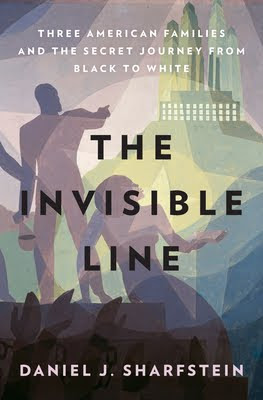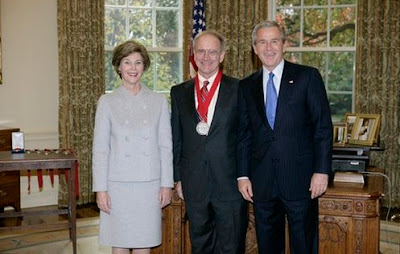 After its first publication in 1936, Walter D. Edmonds’ classic historical novel Drums Along the Mohawk battled Gone With the Wind as the most popular historical novel of the ensuing years, and became a feature film in 1939 directed by John Ford, and starring Claudette Colbert and Henry Fonda.
After its first publication in 1936, Walter D. Edmonds’ classic historical novel Drums Along the Mohawk battled Gone With the Wind as the most popular historical novel of the ensuing years, and became a feature film in 1939 directed by John Ford, and starring Claudette Colbert and Henry Fonda.
A New York Times review by Frank Nugent celebrated the film. “It is romantic enough for any adventure-story lover,” Nugent wrote. “It has its humor, its sentiment, its full complement of blood and thunder. About the only [John] Ford staple we miss is a fog scene. Rain, gun smoke and stockade burnings have had to compensate. The fusion of them all has made a first-rate historical film, as rich atmospherically as it is in action.” Those laudatory comments still suit the original novel just as well, but for those with an interest in the history of the Mohawk Valley, there’s more than just a good story.
Edmonds was born in 1903 in Boonville (Oneida County) and died in 1998. Edmonds was troubled by the presentation of the history of the American Revolution and used local primary sources to create life on the Revolution’s frontier. “Edmonds turned to ‘-Working with the sources’,” Frank Bergman wrote when Syracuse University Press took over publication of the novel in 1997. “His knowledge of the facts enabled Edmonds to dye his narrative in the wool- his history is color-fast and guaranteed not to fade…- His goal was not to establish ‘-how it actually was,’ but to allow his readers to experience the past as if it were the present.”
“To those readers who may have felt some curiosity about the actual occurrences in the Mohawk Valley during the Revolution,” Edmonds wrote in the book’s “Author’s Note”, I should like to say here that I have been as faithful to the scene and time and place as study and affection could help me to be.” Edmond’s sources were varied, but he himself points to the importance of the Minute Book of the Committee of Safety of Tryon County “to understand what valley life was really like”.
This summer readers will have a taste of that life at an outdoor drama based on Drums Along the Mohawk that coincides with the British Brigade and Continental Line’s national Revolutionary War encampment at Gelston Castle Estate in Mohawk, NY. About 1,000 reenactors are expected to take part in honor of the 235th anniversary of the Battle of Oriskany.
Note: Books noticed on this site have been provided by the publishers. Purchases made through this Amazon link help support this site.








